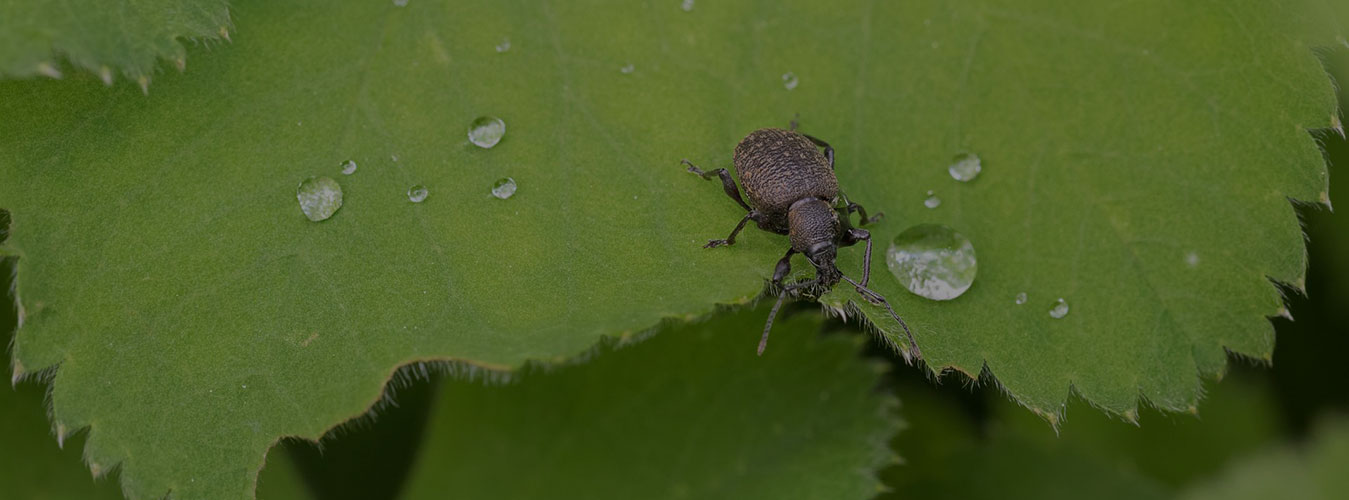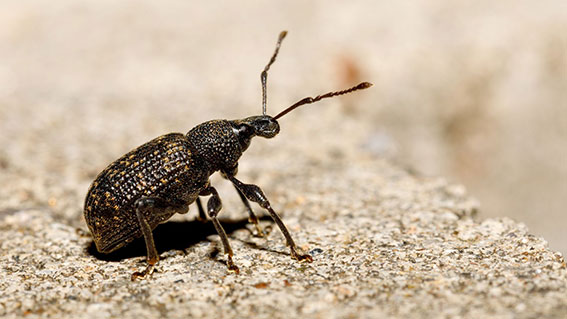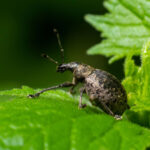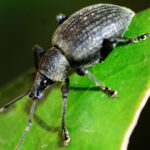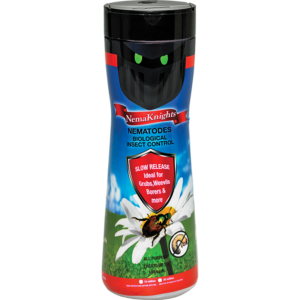Your cart is currently empty!
Damage
Black vine weevil is a widespread pest of pot plants as well as plants growing in the ground. The most serious damage is caused by feeding the larvae on the roots, weakening growth, and often killing plants. Adult black vine weevils feed on plant foliage and leave distinctive bite marks on vegetation, with irregular-shaped notches of leaf margins.


